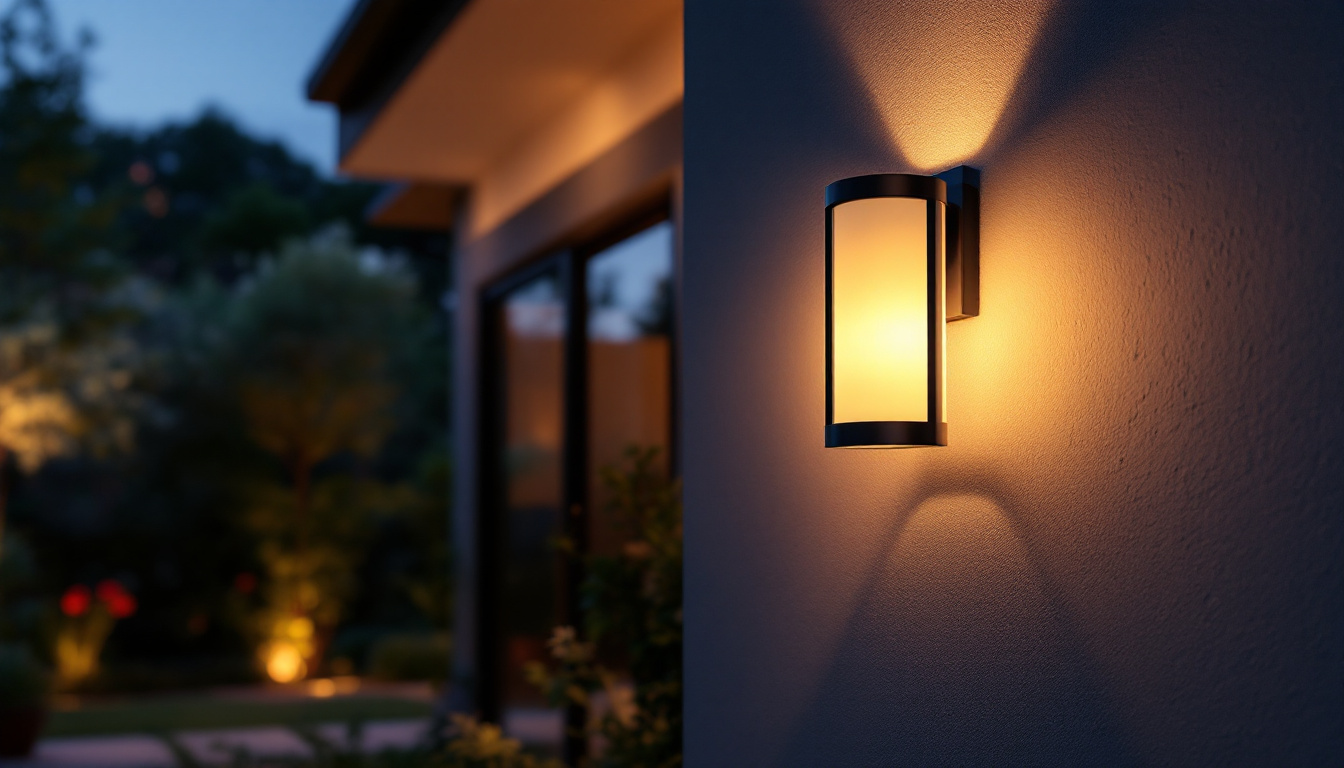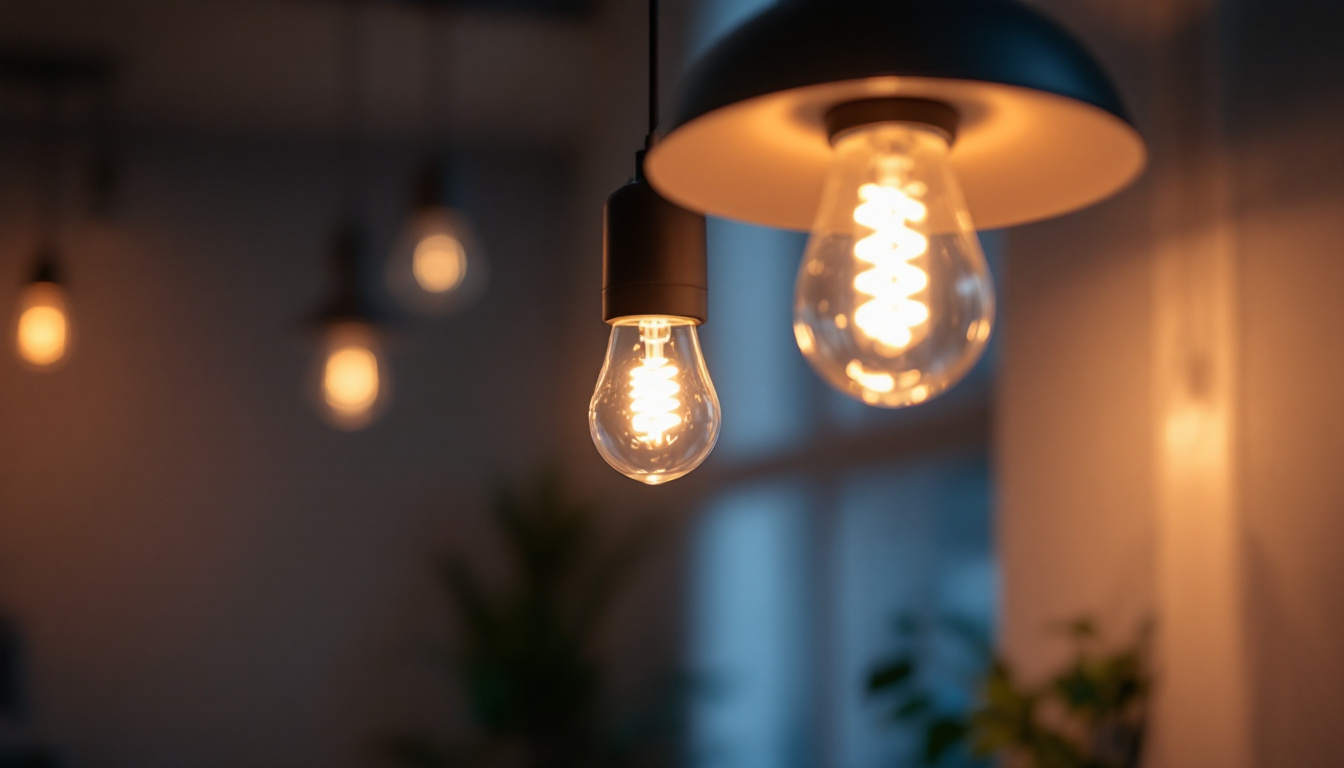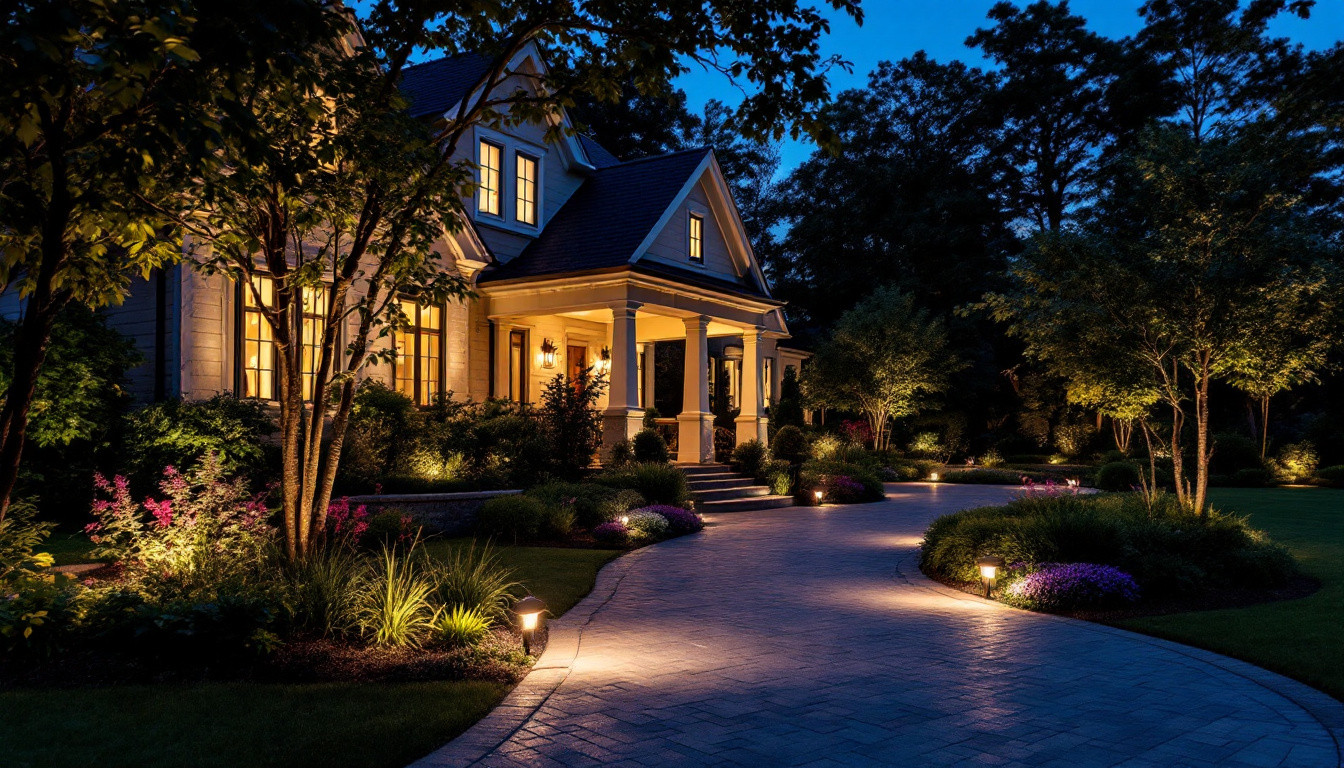
In the realm of commercial and industrial lighting, LED overhead shop lights have emerged as a preferred choice for many lighting contractors. Their energy efficiency, longevity, and versatility make them ideal for a variety of applications. This article explores the best practices for selecting, installing, and maintaining LED overhead shop lights, providing valuable insights for lighting contractors looking to optimize their projects.
LED (Light Emitting Diode) technology has revolutionized the lighting industry. Unlike traditional incandescent or fluorescent lights, LEDs convert a higher percentage of energy into light, resulting in significant energy savings. For lighting contractors, understanding the fundamentals of LED technology is crucial for making informed decisions on product selection and installation.
One of the most compelling advantages of LED lights is their energy efficiency. LEDs consume significantly less power than traditional lighting solutions, which translates to lower electricity bills for clients. Additionally, LEDs have a longer lifespan, often lasting up to 25,000 hours or more. This longevity reduces the frequency of replacements, making them a cost-effective option in the long run.
For contractors, promoting these benefits to clients can be a strong selling point. Highlighting the potential for reduced operational costs and the environmental advantages of using energy-efficient lighting can help secure contracts and build trust with clients. Moreover, the reduced maintenance needs associated with LED lights mean that businesses can allocate their resources more effectively, focusing on core operations rather than dealing with frequent lighting replacements. This aspect is particularly appealing to commercial clients who seek to maximize productivity and minimize disruptions in their day-to-day activities.
When selecting LED overhead shop lights, it’s essential to consider color temperature and Color Rendering Index (CRI). Color temperature, measured in Kelvin (K), affects the mood and functionality of a workspace. For instance, cooler temperatures (5000K-6500K) are ideal for task-oriented environments, while warmer temperatures (2700K-3000K) create a more relaxed atmosphere.
The CRI measures how accurately a light source displays colors compared to natural light. A higher CRI (above 80) is preferable for environments where color accuracy is critical, such as in art studios or automotive shops. Educating clients on these aspects can help them make informed choices that enhance their work environments. Additionally, understanding the psychological effects of different color temperatures can aid in creating spaces that foster creativity and productivity. For example, a well-lit workspace with the right color temperature can enhance focus and reduce eye strain, ultimately leading to better performance and satisfaction among employees.
Proper installation of LED overhead shop lights is vital for maximizing their performance and lifespan. Lighting contractors should adhere to best practices to ensure optimal lighting conditions and safety in the workspace.
Before installation, a well-thought-out lighting layout is essential. Factors such as the size of the shop, the height of the ceiling, and the type of work being performed should influence the placement of lights. A common practice is to use a grid layout, ensuring even distribution of light across the entire area.
Additionally, considering the use of lighting controls, such as dimmers or motion sensors, can enhance energy savings and improve user experience. These controls allow for flexibility in lighting levels based on the tasks being performed, further optimizing energy use. For instance, in areas where tasks vary significantly, such as assembly lines or workshops, adjustable lighting can help reduce eye strain and improve productivity by providing the right amount of light for each specific task.
Moreover, it’s beneficial to account for the color temperature of the LED lights, as different temperatures can affect mood and focus. Warmer lights (around 3000K) can create a cozy atmosphere, while cooler lights (5000K and above) can enhance alertness and concentration, making them ideal for detailed work. Therefore, selecting the appropriate color temperature based on the nature of the work can significantly impact both comfort and efficiency.
When installing LED overhead lights, it’s crucial to ensure that the electrical system can handle the load. Contractors should assess the existing wiring and circuits to confirm they meet the requirements for the new lighting system. This may involve upgrading circuits or installing additional breakers to accommodate the new fixtures.
Furthermore, adhering to local electrical codes and regulations is paramount. This not only ensures safety but also protects contractors from potential liabilities. Engaging with a licensed electrician for complex installations can be beneficial, ensuring compliance with all necessary standards. It’s also wise to consider the potential for future expansions; planning for additional circuits or outlets during the initial installation can save time and resources later on.
In addition to load considerations, it’s important to evaluate the compatibility of LED lights with existing dimming systems, as not all LED fixtures work seamlessly with traditional dimmers. Opting for LED-compatible dimmers can prevent flickering and ensure smooth operation. Furthermore, using surge protectors can safeguard the lighting system from voltage spikes, extending the lifespan of the fixtures and maintaining consistent performance in the long run.
Maintaining LED overhead shop lights is essential for ensuring their longevity and optimal performance. Regular maintenance can prevent issues that may arise from dust accumulation or electrical failures.
Dust and grime can accumulate on light fixtures, reducing their efficiency and brightness. Establishing a regular cleaning schedule can help maintain optimal light output. Using a soft, dry cloth or a gentle cleaning solution can effectively remove dirt without damaging the fixtures.
In environments with high levels of dust or grease, such as automotive shops, more frequent cleaning may be necessary. Educating clients on the importance of maintenance can lead to longer-lasting installations and higher satisfaction rates.
Despite their reliability, LED lights can encounter issues such as flickering, dimming, or complete failure. Understanding common troubleshooting techniques can save time and resources. Flickering lights may indicate a loose connection or incompatible dimmer switch, while dimming could be a sign of voltage fluctuations.
In cases of complete failure, checking the power supply and connections is the first step. If these components are functioning correctly, the fixture may need replacement. Providing clients with troubleshooting guidelines can empower them to address minor issues independently, enhancing their overall experience.
Selecting the appropriate LED overhead shop lights involves considering various factors, including the specific needs of the workspace, budget constraints, and aesthetic preferences. Lighting contractors must stay informed about the latest products and technologies to provide clients with the best options.
There are several types of LED fixtures suitable for overhead lighting in shops, including LED high bays, low bays, and panel lights. High bay lights are ideal for spaces with high ceilings, providing focused illumination over large areas. Low bay lights, on the other hand, are designed for lower ceiling heights and offer a more diffuse light.
Panel lights are another option, providing a sleek and modern appearance. They are often used in offices and retail spaces but can also be effective in workshops where a clean aesthetic is desired. Understanding the specific requirements of each project will guide contractors in selecting the most suitable fixtures.
While the initial investment in LED fixtures may be higher than traditional lighting options, the long-term savings in energy costs and maintenance should be factored into the decision-making process. Contractors should present clients with a detailed cost analysis that includes potential savings over time, making a compelling case for the switch to LED technology.
Additionally, many manufacturers offer rebates or incentives for energy-efficient lighting upgrades, which can further offset costs. Staying informed about available programs can provide contractors with valuable resources to share with clients.
Educating clients about the benefits and best practices of LED overhead shop lights is essential for successful installations. Engaged clients are more likely to appreciate the value of their investment and maintain their lighting systems effectively.
Lighting contractors can create informative materials, such as brochures or online content, that outline the benefits of LED lighting, installation tips, and maintenance guidelines. These resources can serve as valuable references for clients, helping them understand their lighting choices better.
Additionally, hosting workshops or informational sessions can foster a sense of community and build trust between contractors and clients. Sharing knowledge about the latest trends in lighting technology can position contractors as experts in their field, further enhancing their reputation.
After installation, maintaining open lines of communication with clients is crucial. Follow-up visits or calls can provide an opportunity to address any concerns and ensure satisfaction with the lighting system. Offering ongoing support demonstrates a commitment to quality service and can lead to repeat business and referrals.
Furthermore, providing clients with a maintenance schedule and reminders can help them stay proactive in caring for their lighting systems, ensuring long-term performance and satisfaction.
LED overhead shop lights represent a significant advancement in lighting technology, offering numerous benefits for both contractors and clients. By understanding the fundamentals of LED technology, adhering to best practices for installation and maintenance, and engaging clients through education and support, lighting contractors can maximize the value of their projects.
As the demand for energy-efficient lighting solutions continues to grow, staying informed about the latest trends and technologies will be essential for contractors looking to thrive in this competitive market. Embracing the best practices outlined in this article will not only enhance the quality of installations but also contribute to a more sustainable future in lighting.
Ready to elevate your lighting installations with the best LED overhead shop lights in the market? Look no further than LumenWholesale, where we provide contractors with superior, spec-grade lighting solutions at unbeatable wholesale prices. Our commitment to quality and affordability ensures that you can deliver exceptional lighting projects without the burden of inflated costs. With our hassle-free bulk buying and free shipping, you’ll enjoy premium lighting at the best value — every time. Don’t compromise on quality or price; choose LumenWholesale for a seamless purchase experience. Wholesale Lighting at the Best Value is just a click away.

Discover innovative strategies from expert lighting contractors on selecting and installing large outdoor wall lanterns.

Discover how MR16 LED bulbs can revolutionize your lighting projects by enhancing efficiency and reducing energy costs.

Discover expert strategies and proven techniques for lighting contractors to select and install commercial light fixtures.

Discover how dawn to dusk exterior lighting is revolutionizing the industry and giving lighting contractors a competitive edge.